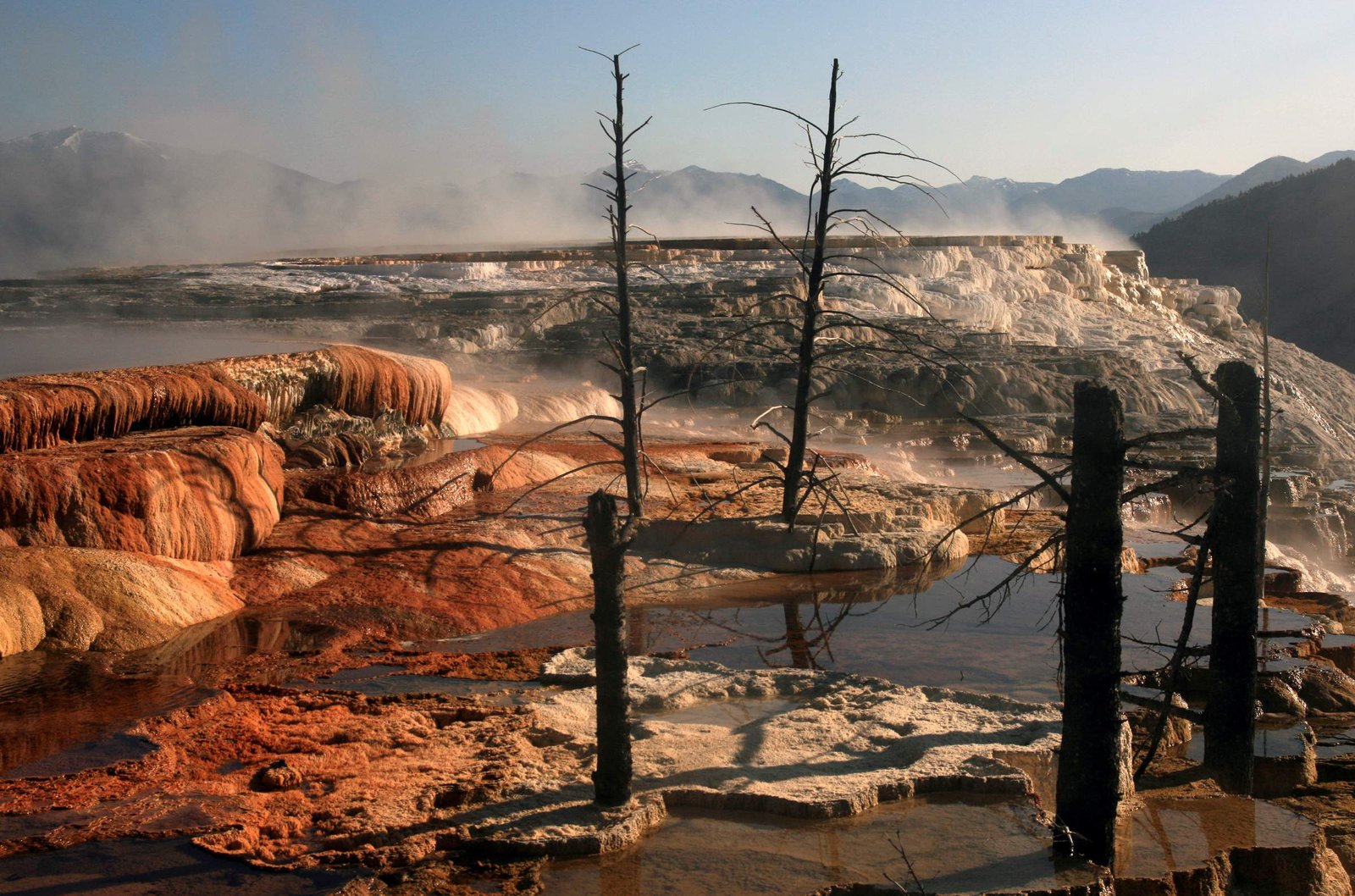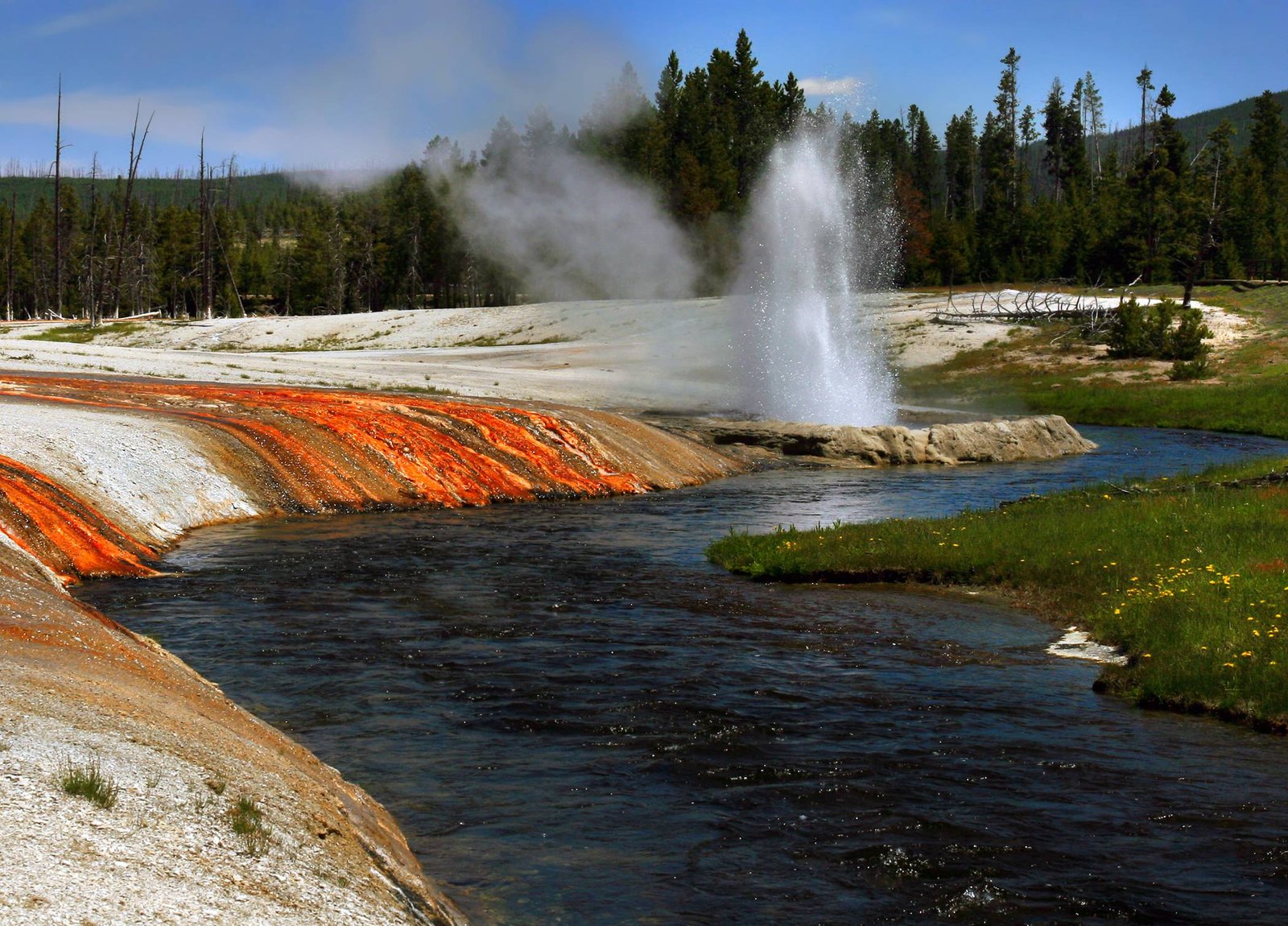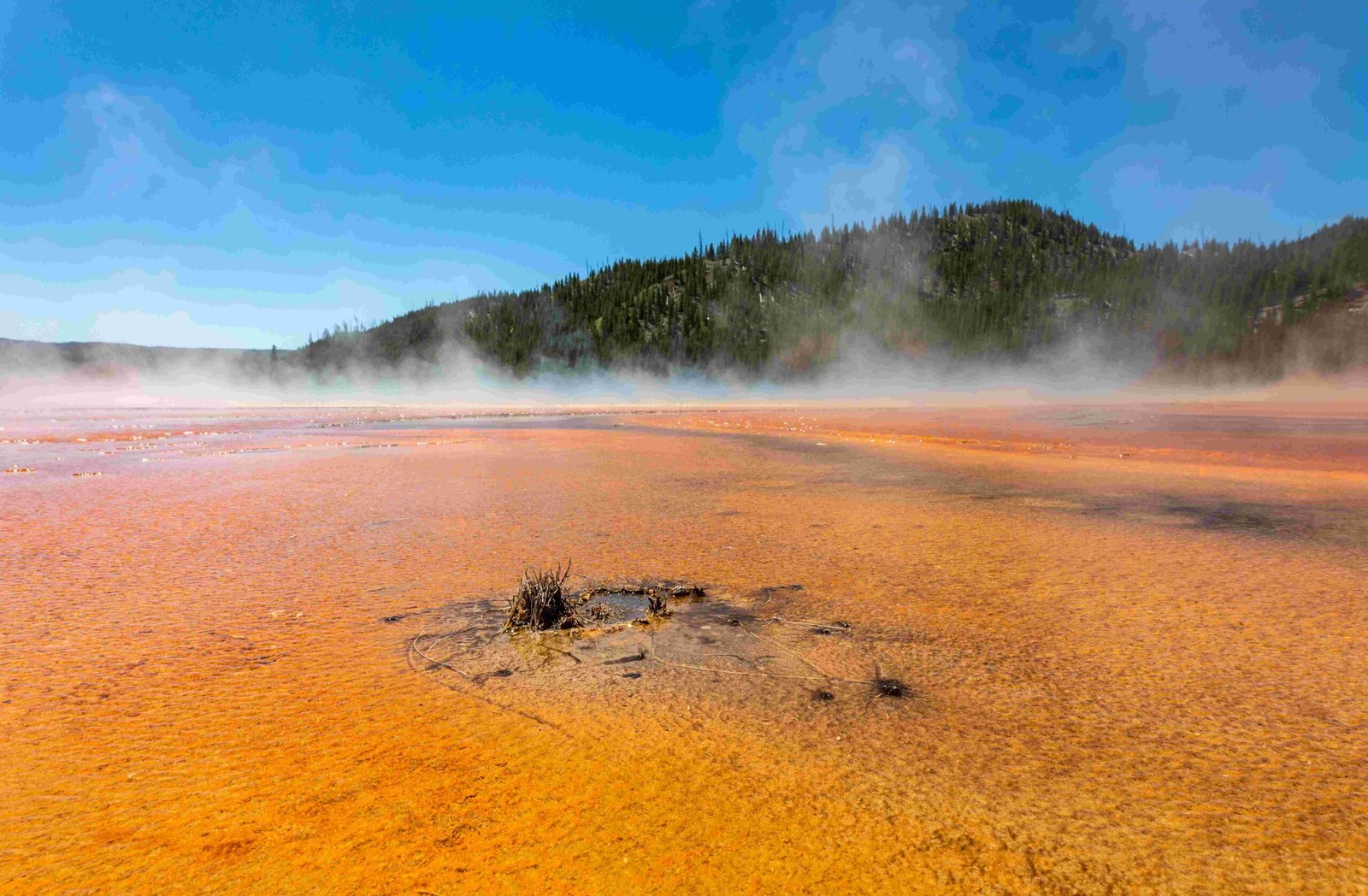Yellowstone National Park wolf removal is a complex issue involving population management, ecosystem balance, and state regulations. The park’s wolf population, reintroduced in 1995, has faced challenges from legal hunting and poaching outside park boundaries. Recent data shows a population of 124 wolves in 11 packs, with significant losses in the 2023-2024 winter. This article explores the impacts, management strategies, and consequences of wolf removal in Yellowstone.
What is the Current Wolf Population in Yellowstone National Park?

As of December 2023, Yellowstone National Park’s wolf population stands at:
- 124 wolves
- 11 packs
- 6 breeding pairs
The packs vary in size from 2 to 25 members, with an average of 10.8 wolves per pack. This population has remained relatively stable over recent years, fluctuating between 90 to 110 wolves within park boundaries.
How Has Wolf Removal Affected the Ecosystem?

The removal of wolves from Yellowstone has far-reaching consequences on the park’s ecosystem:
- Prey Population Dynamics:
- Wolves primarily prey on elk and bison
-
In 2021, 82 elk and 22 bison were among 134 detected wolf kills
-
Vegetation Recovery:
- Reduced elk populations led to increased vegetation growth
-
Riparian areas show significant recovery due to decreased grazing pressure
-
Biodiversity Impact:
- Wolves act as ecosystem engineers
- Their presence affects the entire food chain
- Influences behavior and populations of other predators like coyotes and foxes
What Are the Management Strategies for Wolf Removal?
Wolf removal management in Yellowstone involves complex strategies:
State Regulations
| State | Hunting Season | Quotas |
|---|---|---|
| Montana | September – March | Reinstated quotas in units adjacent to park |
| Wyoming | Varies | Up to 16 wolves in units bordering park |
| Idaho | Varies | Specific quotas for different zones |
Implementation Timeline
- Annual assessments by Yellowstone Wolf Project
- State-level adjustments based on previous year’s data
- Continuous monitoring of population dynamics
What Are the Observed Consequences of Wolf Removal?
The removal of wolves from Yellowstone has led to several observable consequences:
Species Population Changes
- Pack dynamics shift when alpha wolves are removed
- Increased reproduction in some packs after alpha female removal
- Overall population shows resilience despite losses
Habitat Alterations
- Increased vegetation in previously overgrazed areas
- Contribution to habitat recovery and biodiversity
Visitor Engagement
- Yellowstone recognized as prime wolf-viewing location
- Significant economic impact from wolf-related tourism
How Does Legal Hunting Impact Yellowstone’s Wolf Population?
Legal hunting outside park boundaries significantly affects Yellowstone’s wolves:
- 2023-2024 Winter Losses:
- Approximately 10% of population lost
- 8 wolves legally hunted or trapped in Montana
- 1 wolf poached
-
2 wolves died from suspected gunshot wounds
-
Pack Dissolution:
-
3 wolf packs dissolved due to losses
-
Management Responses:
- Wyoming reduced quotas in hunting units bordering the park
- Montana reinstated quotas in adjacent units
What Are the Long-term Effects of Wolf Removal on Yellowstone’s Ecosystem?
The long-term effects of wolf removal on Yellowstone’s ecosystem are multifaceted:
- Trophic Cascade:
- Alterations in predator-prey relationships
-
Changes in vegetation patterns and distribution
-
Biodiversity Shifts:
- Potential changes in small mammal and bird populations
-
Altered scavenger dynamics
-
Ecosystem Resilience:
- Impact on the park’s ability to withstand environmental stressors
- Potential changes in nutrient cycling and distribution
How Do Researchers Monitor Wolf Populations in Yellowstone?
Researchers employ various methods to monitor wolf populations in Yellowstone:
- Radio Collaring:
- Allows tracking of individual wolves and packs
-
Provides data on movement patterns and territory use
-
Aerial Surveys:
- Regular flights to count wolves and observe pack dynamics
-
Particularly useful during winter months
-
Ground Observations:
- Field researchers and park staff conduct regular observations
-
Provides detailed data on behavior and pack interactions
-
Genetic Sampling:
- Analysis of scat and hair samples
- Helps in understanding genetic diversity and lineage
What Role Do Wolves Play in Yellowstone’s Tourism Industry?
Wolves have become a significant draw for Yellowstone’s tourism:
- Economic Impact:
- Wolf-related tourism generates millions in revenue annually
-
Supports local economies in gateway communities
-
Visitor Experience:
- Yellowstone is one of the best places globally for wolf viewing
-
Enhances overall wildlife watching opportunities
-
Educational Programs:
- Park offers wolf-focused educational programs and guided tours
- Increases public awareness about wolf ecology and conservation
How Do State Policies Outside the Park Affect Yellowstone’s Wolves?
State policies in Montana, Wyoming, and Idaho significantly impact Yellowstone’s wolf population:
- Hunting Regulations:
- Varying quotas and seasons in areas adjacent to the park
-
Direct impact on wolves that cross park boundaries
-
Management Approaches:
- Differences in wolf management philosophies between states
-
Challenges in creating cohesive regional management strategies
-
Buffer Zones:
- Discussions about implementing buffer zones around the park
- Potential to reduce wolf mortality from hunting
What Are the Challenges in Balancing Wolf Conservation and Management?
Balancing wolf conservation and management presents several challenges:
- Stakeholder Conflicts:
- Differing views between conservationists, ranchers, and hunters
-
Balancing ecological benefits with livestock protection concerns
-
Scientific vs. Political Decision-Making:
- Ensuring management decisions are based on scientific data
-
Navigating political pressures and public opinion
-
Cross-Boundary Management:
- Coordinating management efforts across state lines and jurisdictions
-
Addressing the mobile nature of wolf populations
-
Long-term Sustainability:
- Ensuring the long-term viability of wolf populations
- Adapting management strategies to changing environmental conditions
In conclusion, Yellowstone National Park wolf removal is a complex issue that requires careful consideration of ecological, economic, and social factors. The ongoing management and research efforts aim to maintain a delicate balance between conservation goals and human interests, ensuring the long-term survival of wolves in the Greater Yellowstone Ecosystem.
References:
1. https://www.ypradio.org/environment-science/2023-09-20/yellowstone-national-park-reports-robust-wolf-numbers-going-into-the-fall
2. https://idahocapitalsun.com/2024/07/19/yellowstone-superintendent-seeks-hunting-relief-for-wolves-after-another-deadly-winter/
3. https://www.nps.gov/yell/learn/nature/upload/2023-Wolf-Report-final_web.pdf

